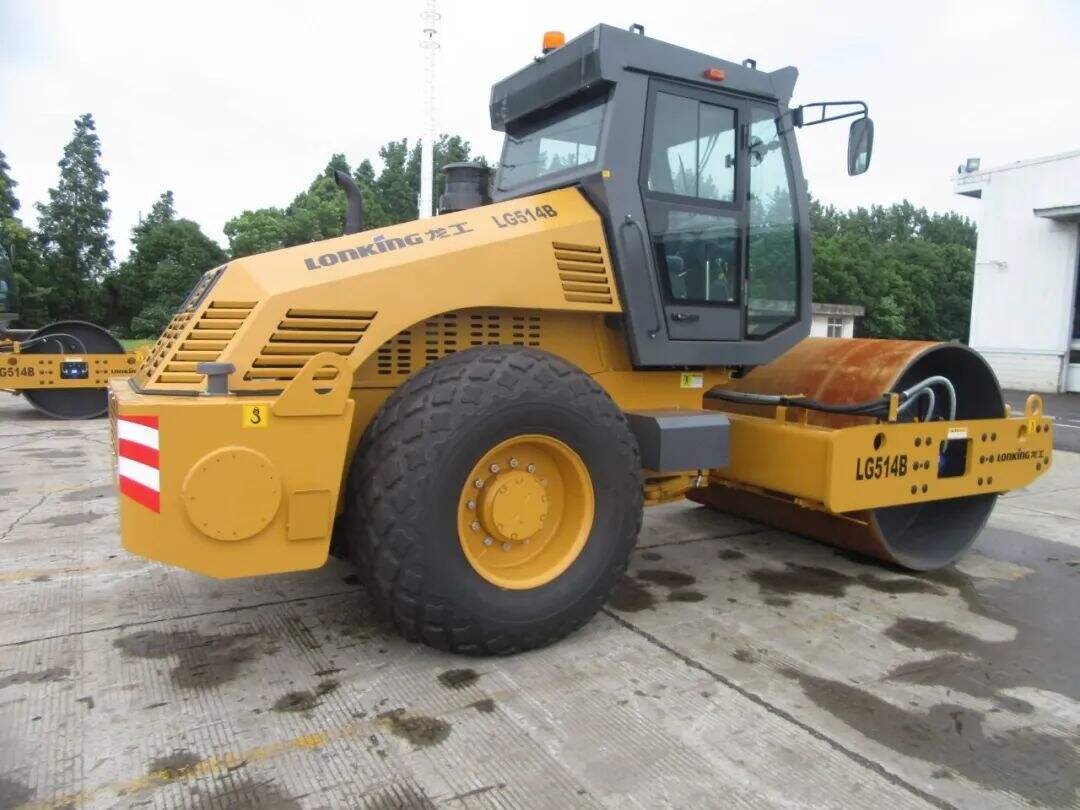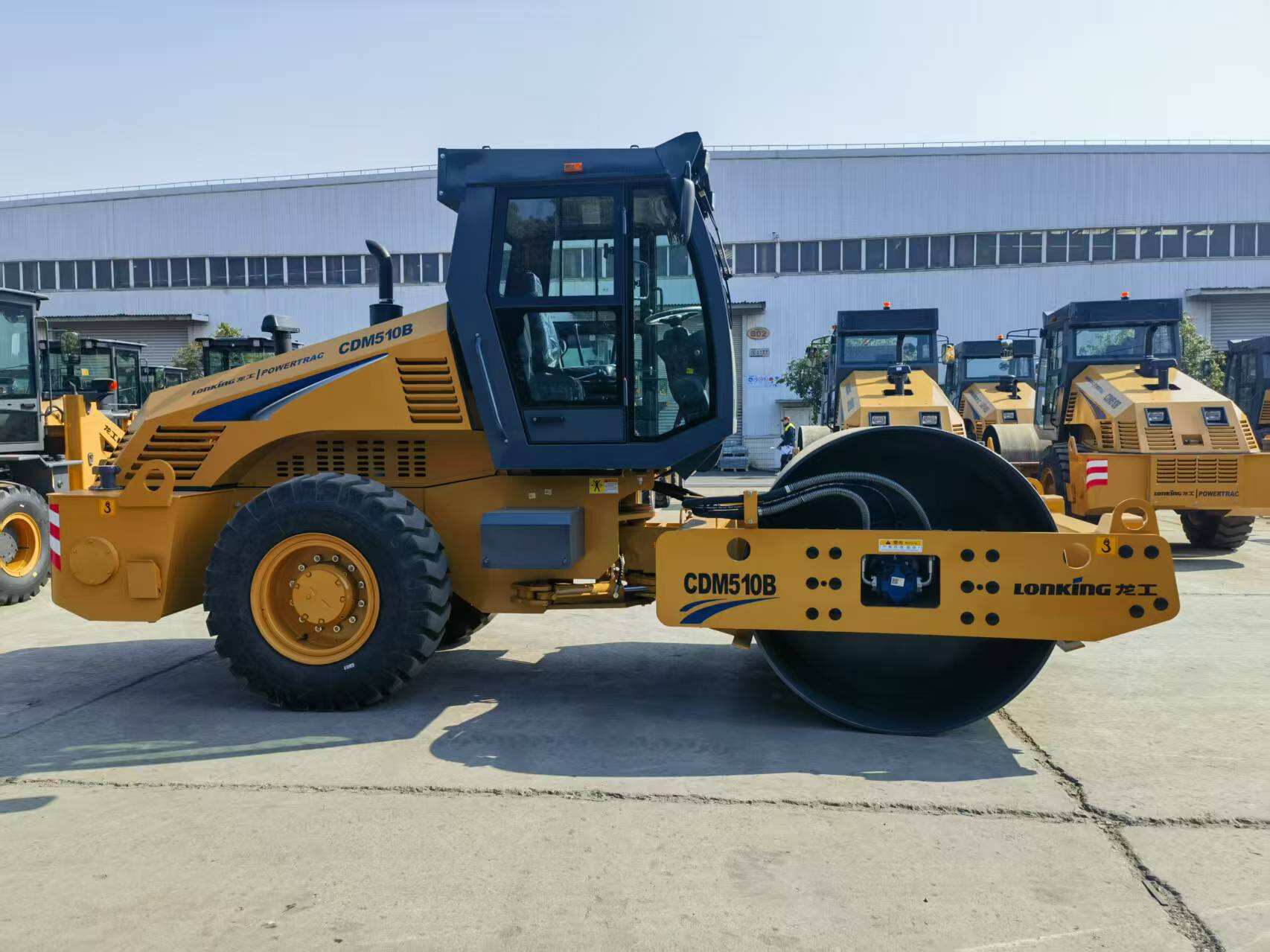Essential Maintenance Procedures for Optimal Hydraulic Roller Performance
Maintaining hydraulic rollers is crucial for ensuring continuous operations in industrial settings. These sophisticated machines rely on precise mechanical and hydraulic systems working in harmony, making regular maintenance checks essential for preventing unexpected breakdowns. Through proper hydraulic roller maintenance, facilities can significantly extend equipment lifespan, reduce operational costs, and maintain consistent production quality.
Understanding the critical components and implementing a systematic maintenance approach helps prevent costly failures and ensures optimal performance. This comprehensive guide explores the vital maintenance checks necessary to keep hydraulic rollers running efficiently and reliably.
Core Components of Hydraulic Roller Systems
Hydraulic System Components
The heart of any hydraulic roller system lies in its hydraulic components. These include the hydraulic pump, valves, cylinders, and fluid reservoirs. Regular inspection of these elements is paramount for maintaining system integrity. The hydraulic pump requires particular attention, as it's responsible for maintaining proper pressure throughout the system.
Monitoring hydraulic fluid levels, checking for contamination, and ensuring proper viscosity are fundamental aspects of hydraulic roller maintenance. Even minor contamination can lead to accelerated wear and potential system failure, making clean fluid essential for longevity.
Mechanical Components and Moving Parts
Mechanical components work in conjunction with the hydraulic system to enable smooth roller operation. These include bearings, seals, roller surfaces, and drive mechanisms. Regular inspection of these parts helps identify wear patterns before they lead to critical failures.
Bearing condition is particularly crucial as these components handle significant loads during operation. Proper lubrification and alignment checks prevent premature wear and ensure optimal performance. Similarly, seal integrity must be maintained to prevent fluid leaks and system contamination.

Preventive Maintenance Schedule Implementation
Daily Inspection Requirements
Daily maintenance checks form the foundation of effective hydraulic roller maintenance. These include visual inspections for leaks, unusual noises, or vibrations. Operators should monitor fluid levels, system pressure readings, and temperature indicators to catch potential issues early.
Documentation of daily checks helps establish patterns and identify developing problems before they escalate. Training operators to recognize warning signs ensures prompt reporting and timely intervention when issues arise.
Weekly and Monthly Maintenance Tasks
More detailed inspections should be performed weekly and monthly. These include thorough cleaning of components, checking alignment, and testing safety systems. Fluid sampling and analysis help monitor contamination levels and fluid condition.
Regular calibration checks ensure accurate pressure settings and proper roller gap adjustments. These periodic maintenance tasks help maintain consistent product quality and prevent unexpected downtime.
Advanced Diagnostic Procedures
Condition Monitoring Technologies
Modern hydraulic roller maintenance benefits from advanced diagnostic tools and technologies. Vibration analysis, thermal imaging, and oil analysis provide valuable insights into equipment health. These predictive maintenance techniques help identify potential failures before they occur.
Implementing condition monitoring systems allows for real-time tracking of critical parameters. This data-driven approach enables maintenance teams to optimize their maintenance schedules and intervene only when necessary.
Performance Testing and Analysis
Regular performance testing helps verify that hydraulic rollers maintain their specified capabilities. This includes pressure testing, flow rate measurements, and alignment verification. Comparing current performance data with baseline measurements helps identify degradation trends.
Analyzing test results enables maintenance teams to make informed decisions about component replacement and system upgrades. This proactive approach helps prevent unexpected failures and optimize maintenance resources.
Fluid Management and Contamination Control
Fluid Analysis Programs
Implementing a comprehensive fluid analysis program is essential for hydraulic roller maintenance. Regular sampling and testing help monitor fluid condition, contamination levels, and additive depletion. Understanding fluid health indicators enables timely fluid replacement or filtration.
Proper fluid management includes maintaining correct viscosity grades and ensuring compatibility with system components. This attention to fluid quality significantly impacts system reliability and component longevity.
Filtration System Maintenance
Effective filtration is crucial for protecting hydraulic system components. Regular filter inspection and replacement prevent contamination-related failures. Understanding filter ratings and monitoring pressure drops across filters helps maintain optimal filtration efficiency.
Implementing proper filtration practices includes using appropriate filter grades and maintaining clean storage and handling procedures. These measures help ensure consistent fluid cleanliness and system protection.
Emergency Response and Troubleshooting
Common Failure Modes
Understanding common failure modes helps maintenance teams respond effectively to problems. This includes recognizing symptoms of pump failure, valve malfunction, and seal deterioration. Quick identification of issues enables faster resolution and minimizes downtime.
Maintaining an inventory of critical spare parts ensures rapid response to common failures. Training maintenance personnel in troubleshooting procedures helps minimize the impact of unexpected issues.
Emergency Repair Procedures
Establishing clear emergency repair procedures ensures consistent response to equipment failures. This includes safety protocols, isolation procedures, and repair documentation requirements. Well-defined procedures help minimize repair time and ensure proper execution.
Regular training and emergency response drills help maintain team readiness for unexpected failures. This preparation ensures efficient handling of maintenance emergencies when they occur.
Frequently Asked Questions
How often should hydraulic fluid be replaced in roller systems?
Hydraulic fluid replacement intervals depend on operating conditions, fluid analysis results, and manufacturer recommendations. Generally, fluid should be replaced annually or when analysis indicates significant degradation or contamination. Regular sampling and testing help determine optimal replacement timing.
What are the signs of impending hydraulic roller failure?
Common warning signs include unusual noises, excessive vibration, decreased performance, increased operating temperatures, and visible fluid leaks. Regular monitoring of these indicators through preventive maintenance checks helps identify potential failures before they occur.
How can maintenance costs be optimized while ensuring reliability?
Optimize maintenance costs by implementing condition-based maintenance programs, utilizing predictive technologies, maintaining proper documentation, and training operators in basic maintenance procedures. This approach helps balance cost management with equipment reliability requirements.
What role does operator training play in maintenance effectiveness?
Operator training is crucial for effective hydraulic roller maintenance. Well-trained operators can identify early warning signs, perform basic maintenance tasks correctly, and provide accurate information to maintenance teams. Regular training updates help maintain skill levels and awareness of best practices.
Table of Contents
- Essential Maintenance Procedures for Optimal Hydraulic Roller Performance
- Core Components of Hydraulic Roller Systems
- Preventive Maintenance Schedule Implementation
- Advanced Diagnostic Procedures
- Fluid Management and Contamination Control
- Emergency Response and Troubleshooting
- Frequently Asked Questions

